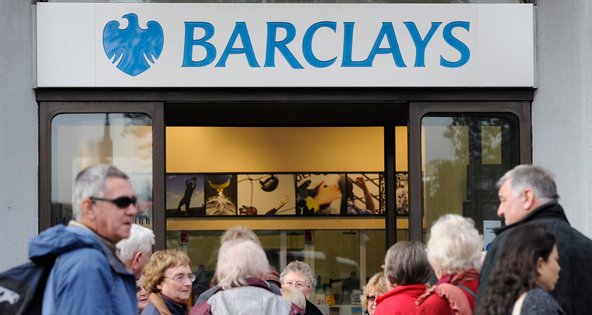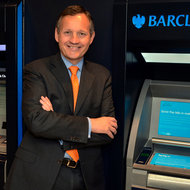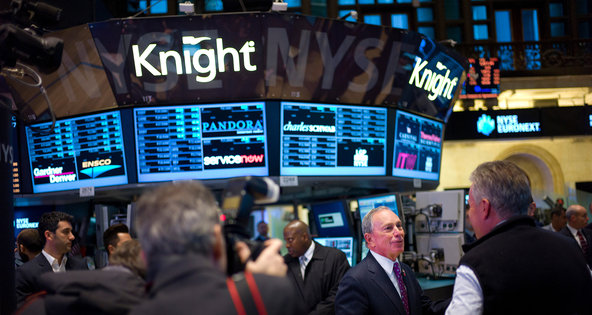The jobless rate in the 17-nation currency union ticked up to 11.6 percent from the 11.5 percent in August, as 146,000 more people were classified as unemployed, Eurostat, the statistical agency of the European Union, reported from Luxembourg. The August figure, itself already a record level, was revised upward from the 11.4 percent previously reported.
Spain, where the economy has been shellacked by a property sector collapse and government austerity measures, continues to have the highest jobless rate, at 25.8 percent. Greece, where the European sovereign debt crisis began, was next, at 25.1 percent in July, the most recent month for which data were available.
Austria, at 4.4 percent, had the lowest unemployment rate. For the overall European Union, the unemployment rate stood in September at 10.6 percent, unchanged on the month. By way of contrast, the United States had an unemployment rate of 7.8 percent in September. Joblessness in Britain was at 7.9 percent in the three months through August.
The euro zone economy is expected to have contracted again in the third quarter, following a 0.2 percent quarterly decline in the three months through June. With the global economy showing signs of slowing and European governments cutting spending to balance budgets, economists predict the contraction may extend into next year.
The data were announced as euro zone finance ministers were preparing for a conference call to discuss a number of thorny issues, including Greece’s wobbly effort to right its finances and the possibility that Spain might need to draw on its partners for a bailout.
The Greek government projected Wednesday that its general government debt would reach 189.1 percent of gross domestic product next year. Many economists believe that without debt forgiveness Greece will ultimately have to leave the euro.
The gloomy labor market picture was reinforced by a report from the European Central Bank, which showed demand for credit from businesses shrinking further in the third quarter from the second quarter. Lower demand for loans suggests that tighter lending standards and a poor economic outlook has cooled businesses willingness to take on new financial obligations.
Eurostat, in a separate report , also noted that inflation in the euro zone ticked down to 2.5 percent in October, from 2.6 percent in September. Increased costs for energy, food and tobacco were the main drivers of price increases. The E.C.B. aims to keep inflation just under 2 percent.
Article source: http://www.nytimes.com/2012/11/01/business/global/euro-zone-unemployment-hit-new-high-in-september.html?partner=rss&emc=rss










